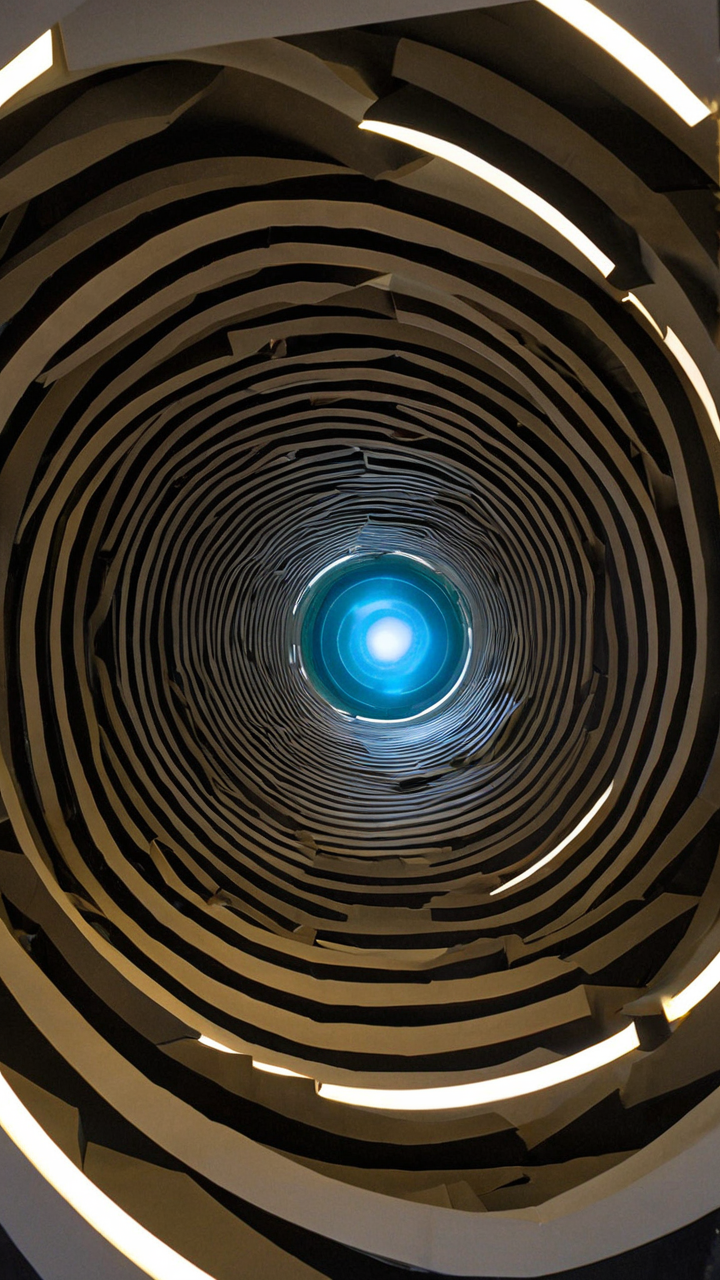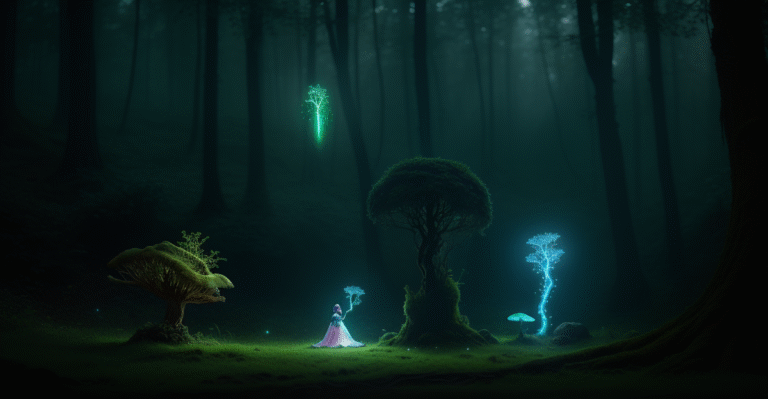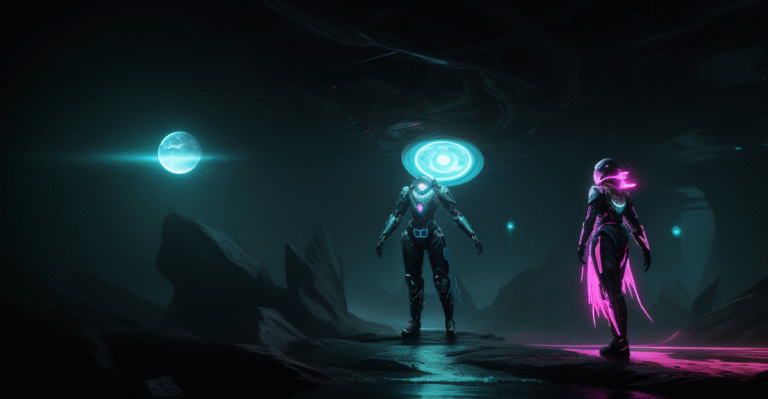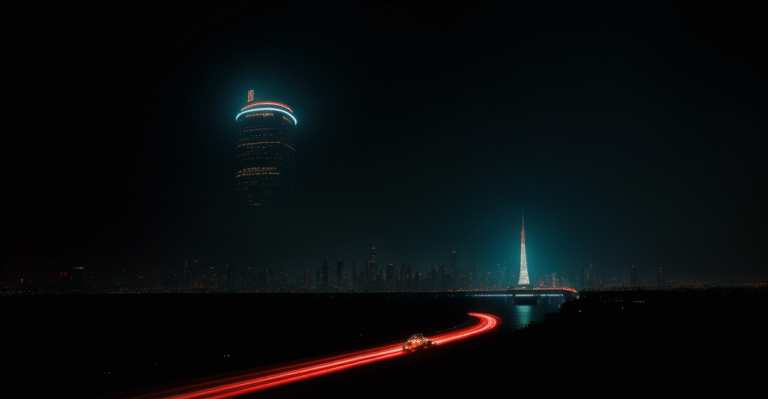
For centuries, humanity has gazed at the stars and dreamed of interstellar journeys. The vast distances between celestial bodies, however, present a formidable obstacle.
Even with the fastest spacecraft we’ve ever built, reaching even the closest star systems would take thousands of years.
This is where the concept of wormholes enters the picture – theoretical tunnels through spacetime that could potentially allow for faster-than-light (FTL) travel.
The idea, born from Einstein’s theory of general relativity, suggests that spacetime itself might be warped and folded, creating shortcuts across the universe. Think of it like taking a shortcut through a mountain instead of going over it.
Wormholes, also known as Einstein-Rosen bridges, are predicted by Einstein’s field equations, but their existence remains purely hypothetical. They are thought to connect two distant points in spacetime, potentially even different universes.
The theoretical structure involves two “mouths” connected by a throat, a tunnel through a higher dimension. An object entering one mouth could theoretically emerge from the other, traversing vast cosmic distances instantaneously.
This concept is incredibly exciting, but it’s crucial to remember that it’s currently far beyond our technological capabilities.
[Image: Artistic rendering of a wormhole]
While the concept is captivating, several significant challenges hinder the possibility of wormhole travel. Firstly, the very existence of wormholes is unproven. We have no observational evidence to support their presence in the universe.
Secondly, even if they exist, they are likely to be incredibly unstable. They might collapse before anything could traverse them, or they might be subject to intense gravitational forces that would crush any spacecraft attempting to pass through.
• the energy requirements to create and stabilize a wormhole are likely to be astronomical. We’re talking about harnessing energies far beyond anything we can currently conceive of – possibly exceeding the total energy output of a star.
This alone makes the prospect of wormhole travel seem incredibly remote. Finally, the potential dangers associated with traversing a wormhole are unknown and potentially catastrophic.
We simply don’t know what might lie on the other side, or what effects the journey might have on the traveler.
While wormhole travel might remain firmly in the realm of science fiction for the foreseeable future, the quest to understand spacetime and explore faster-than-light travel continues.
Scientists are actively researching alternative propulsion systems, like warp drives, which also rely on manipulating spacetime but might present fewer insurmountable challenges.
Continued advancements in our understanding of gravity, quantum mechanics, and exotic matter (matter with negative mass-energy density, a theoretical necessity for wormhole stability) are crucial for making any FTL travel a possibility.
[Link to a relevant scientific article on warp drives]
The possibility of faster-than-light travel via wormholes is a captivating idea, fueled by theoretical physics.
However, the challenges are immense, ranging from the unproven existence of wormholes to the insurmountable energy requirements and the unknown dangers involved.
While currently a distant dream, ongoing research in theoretical physics and advanced propulsion systems continues to push the boundaries of what’s possible.
The journey to the stars remains a long and arduous one, but the pursuit of understanding the universe and our place within it is a journey worth undertaking.



